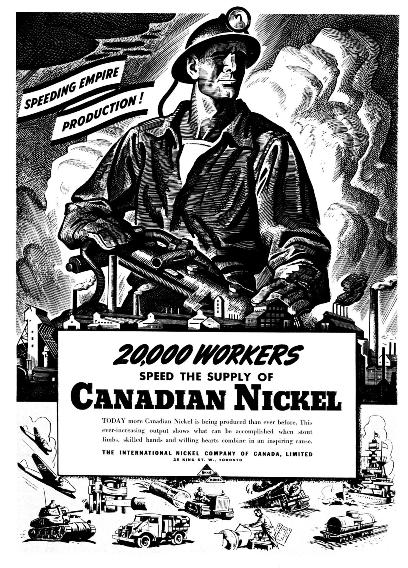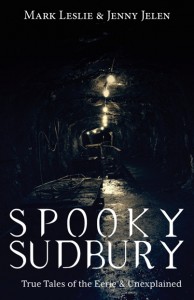https://www.northernontariobusiness.com/
Just days before Christmas in 1958, some 14,000 Sudbury miners and their families got the news they had been praying for: the three-month strike at Inco was over. Mine, Mill, and Smelter Workers Local 598 president Mike Solski announced an agreement had been reached with Inco.
A three-year contract and a six-per-cent wage increase over three years was offered. This amounted to pennies on the hourly wage at the time of less than $3, but union leaders considered the settlement a victory.
























